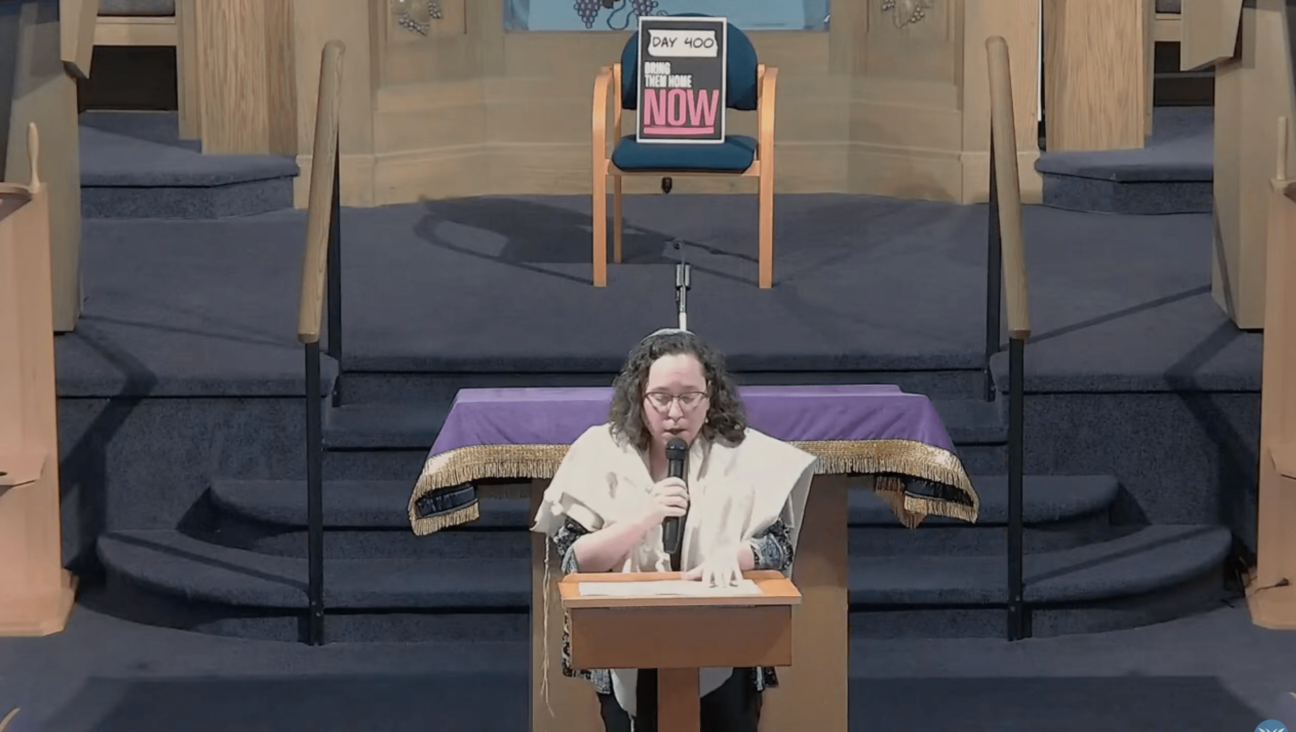The Song Remains the Same
Among my friends, there are several who travel back and forth to Israel four or five times a year, sometimes even more. Perhaps the magic wears off, the trip becomes entirely routine. I manage one or two trips a year, and though there have by now been many trips, stretching back more than half a century, some lasting nearly a year and some for just 48 hours, I freely confess to a sophistication deficit; I recall none that was less than an event.
I await just now the flight announcement for this, my first trip in a year. Inevitably, I think back to the first of the 70 that came before, the one that was by ocean liner rather than by jet plane, jet travel then still a long way off.
In truth, “ocean liner” fits only the first part of the journey, from New York to Naples, Italy. There, we boarded a vessel somewhere between an ocean liner and a scow, a ship used mainly to bring immigrants from Europe and North Africa to Israel.
As best I recall, the sleeping quarters were essentially steerage, three tiers of foreshortened bunk beds with aisles designed for children or malnourished refugees. My memory of the four or five nights on the decisively unprepossessing S.S. Artza has less to do with its official sleeping arrangements than with the entrepreneurial alternative my companions and I preferred: We discovered that on deck, there was a partitioned area rather grandly described as a “synagogue,” and that to enhance the dignity thereof, a piece of ragged carpeting had been laid down before it.
It was there we approximately slept. I say “approximately” because morning prayers began with sunup, and since there was no way to enter the synagogue without stepping on the carpet, we learned very quickly to perform the mitzvah of getting out of others’ way. We cleared the carpet with alacrity. (No, it did not occur to us to join the minyan.)
Until our last night aboard. There was no sleep at all that night, as we awaited the first lights of Haifa.
Please understand: The year was 1953. Live television from Israel was unheard of. What we knew of the look of the place we’d learned from picture books, poetry, the occasional grainy newsreel, now and rarely then from an early traveler. There wasn’t all that much in the newspapers, either; as late as 1960, there was only one foreign correspondent stationed full-time in Israel.
The mass immigration that was the major fact of Israel’s first years had just tapered off, the country was still importing most of its foodstuffs, and above all else, there was the awesome awareness that we were among the first in 2,000 years to be approaching a Jewish sovereign state.
So we did not hesitate to forego sleep.
And now, safely landed, at a desk not far from the place in Jerusalem where I spent much of that year-long first visit, I no longer question the allure of the place, its topography part of my consciousness since long before I ever laid eyes on it. For all the new construction, very little of which adds to the beauty of the city and too much of which detracts from its personality, the venerable landmarks remain: In the distance, the mountains of Moab; closer in, Mount Scopus and the Mount of Olives, YMCA and the King David, each an occasion for memories both historical and personal.
I wonder: Do I feel more connected to the place than to the people? I have my friends here, of course, and family, too. But the vast rest have become ever more a mystery to me over the years. The notion that we are all connected has become so very slippery, hard to grab hold of and harder still to hold on to.
Connected to the Haredim? How? Because their holidays and mine fall on the same dates, even have the same names? But those holidays mean entirely different things to us.
Connected to the Russians? Yes, my parents were Russian, but they came to America in 1923, not after 60 years or more of living under communism, with all the consequent distortions that afflict so many of Israel’s Russians.
Israel’s Arabs? Empathy, for sure, but connection? Hardly.
The settlers, those who would be lords of the land? The ultra-nationalists, some of them heading government ministries? What have I that connects me to them, them to me? What, save an occasional dollop of sentiment, makes of us an entity?
The myth that we all stood together at Sinai is no longer sufficient, is too airy; the fact that our enemies do not distinguish between us renders us objects, strips away our autonomy. So what is this people, this people the Jews, this People of Israel or its subset, these people the Israelis?
But when I went to shul this morning and listened as one of those who chanted the Torah portion did so in the Yemenite mode — well, that was more than merely music; it was mine, elementally, wildly unfamiliar though it was. Centuries of divergent paths brought us both to this modest place.
Or stumbling, on YouTube, upon a musical evening at the New Synagogue in Berlin — yes Berlin — with the Klezmatics and Peter Yarrow and the incomparable Chava Alberstein singing “Mi Ha’ish,” two verses from Psalm 34, my psalm, our psalm. Why feel a need to apologize for sentiment, even sentimentality, so long as it does no harm to those outside the group, the people?
That’s far from a comprehensive answer to the question of connection, but it is closer to the truth than shared values, shared destiny and such. And there is, still, one thing we do share, most of us: this place and our determination to see it safe.
A message from our CEO & publisher Rachel Fishman Feddersen

I hope you appreciated this article. Before you go, I’d like to ask you to please support the Forward’s award-winning, nonprofit journalism during this critical time.
At a time when other newsrooms are closing or cutting back, the Forward has removed its paywall and invested additional resources to report on the ground from Israel and around the U.S. on the impact of the war, rising antisemitism and polarized discourse.
Readers like you make it all possible. Support our work by becoming a Forward Member and connect with our journalism and your community.
— Rachel Fishman Feddersen, Publisher and CEO






















